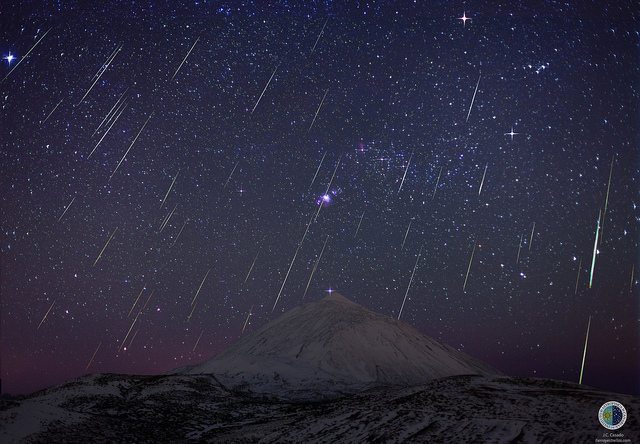Since the dawn of human civilization there is something about the skies that captivates us and can have us looking up for hours. It never fails to fascinate the observer, to the point where we have spent billions studying and exploring our skies. So we have found some worldwide destinations where the stargazers among us can look to their heart's content.

ALMA Observatory, Chile
Chile is one of the world centres of astronomy, a perfect location for stargazers. If you want to sleep under the stars in comfort, try the Elqui Valley’s dome hotel, a low-key luxury affair built expressly for stargazing, where pods have detachable roofs and each comes with its own telescope.
Rainbow Tours offers a ten-night holiday, with three nights at the Elqui Domos hotel and three more in the desert at San Pedro de Atacama, one of the driest places on Earth and home to the £700million ALMA Observatory, featured in the outstanding astronomy documentary Nostalgia For The Light. The ALMA has already revealed previously unknown information about the birth of stars, galaxies and planets.
Teide National Park, Tenerife
The skies over the Canary Islands are the clearest and brightest in Europe, with trade winds preventing the formation of clouds, and laws controlling light pollution. The observatory in the Teide National Park in Tenerife was the first place to be named a Unesco Starlight Tourist Destination two years ago and Joan Rodriguez de la Sierra Fuentes from Volcano Life, which organises astrotourism experiences here, says shooting star are often visible.
Regardless of where you are in the world, he advises amateur stargazers look up the dates of Perseids – extra-bright meteor showers – and supermooons, when the moon appears 15 to 18 per cent bigger.
The Atlantic and Jericoacoara, Brazil
Talking of avoiding light pollution, you won’t beat a month sailing a traditional tall ship across the Atlantic. Another World Adventures offers no-experiences-necessary 28-day sailings from Tenerife to Salvador, Brazil, where in addition to teaching you to sail, the crew provide lectures on traditional celestial navigation cost about $2,500.
Keen on Brazil but not on seasickness? Try its northern coast, which has some of South America’s best beaches. The village of Jericoacoara is a six-hour bus ride from the nearest city, Fortaleza, meaning light pollution is low. It’s about as far from the stereotype of Brazil as you can get – dunes, lunar-type landscapes and sand. Power cuts are common, leaving nothing but you and the sparkling sky.
Northern Argyll, Scotland
Scotland hasn't got an observatory like the other destinations but if you are there before the weather turns you can be in for an incredible astronomical experience. Try a laid-back luxury eco-pod in Northern Argyll, where you can sit back in your own hot tub and stargaze – occasionally even glimpsing the Northern Lights.
The Geodesic domes here in the Highlands are self-catering and come with wood-burners and if the natural luxury and big skies don’t excite, their decks also look out on to one of Scotland’s most atmospheric and celebrated views: Loch Linnhe and Castle Stalker.
La Mongie, France
The Observatoire Midi-Pyrénéés at the Pic du Midi de Bigorre, in the French Pyrénéés, has been dedicated to space exploration since 1880.
A 15-minute cable car ride whisks you from the village of La Mongie to the observatory which, at just under 3,000m, is the highest observation platform in Europe with more than 600sq m of viewing terraces from which to take in the view.
Pyrénéés Collection has a four-night self-catering holiday based in La Mongie, including a night at the observatory staying in rooms normally used by researchers and technicians. Dinner and breakfast are included and there is a maximum of only 27 people per night.